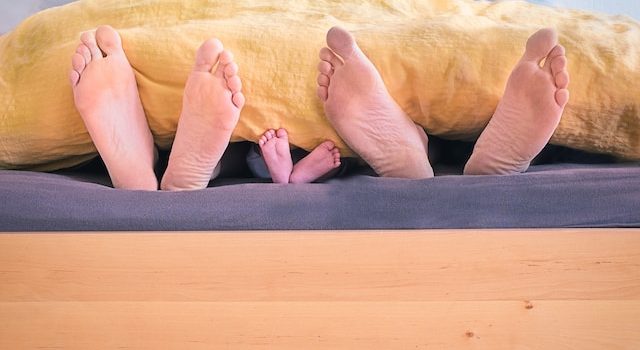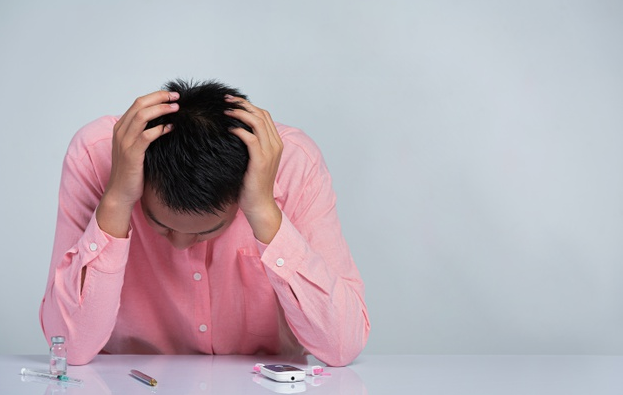
Introduction:
In the quest for better sleep and improved mental health, many individuals with anxiety disorders are turning to a simple yet effective solution – adjusting their sleeping positions. While it may seem unconventional, research suggests that certain sleep positions can potentially help ease anxiety symptoms. In this article, we delve into a comprehensive overview of these positions, shedding light on their benefits and exploring how they might positively impact anxiety.
- The Back Position: Stability and Relaxation
Sleeping on your back, also known as the supine position, can promote stability and relaxation. By lying flat with arms by your sides, you allow your body to align properly, ensuring minimal strain on muscles and joints. This position also allows for optimal breathing, which is crucial for relaxation. Additionally, sleeping on your back reduces the chances of facial skin irritation, leading to a more comfortable night’s sleep.
- The Fetal Position: A Sense of Security
The fetal position, characterized by curling up on your side with your knees drawn toward your chest, can offer a sense of security and comfort. By creating a small, enclosed space around your body, this position can help individuals with anxiety feel protected. It mimics the comforting sensation experienced in the womb, which may contribute to a deeper and more peaceful sleep.
- The Side Position: Enhanced Breathing and Digestion
Sleeping on your side, specifically the left side, has been associated with improved breathing and digestion, both of which can influence anxiety levels. This position allows for optimal air passage, reducing the likelihood of sleep apnea and snoring. Additionally, lying on the left side promotes better digestion by aiding the natural flow of stomach acids, potentially alleviating symptoms of acid reflux, which can be exacerbated by anxiety.
- The Stomach Position: Deep Pressure and Comfort
While sleeping on your stomach is generally not recommended for spinal alignment, it can provide a sense of deep pressure and comfort for some individuals with anxiety. The gentle pressure on the abdomen may create a soothing effect, helping to alleviate anxiety-related tension. However, it is essential to use a supportive pillow to avoid straining the neck and spine.
Conclusion:
While there is no one-size-fits-all solution for anxiety relief, exploring different sleeping positions can be a valuable addition to your self-care routine. By understanding the potential benefits associated with each position, individuals with anxiety can experiment and find the sleep position that works best for them. It’s important to note that sleep position alone is not a cure for anxiety but can contribute to an overall improved sleep quality and well-being.
As always, if you are experiencing chronic anxiety or sleep disturbances, it is advisable to consult a healthcare professional for personalized advice and guidance.










